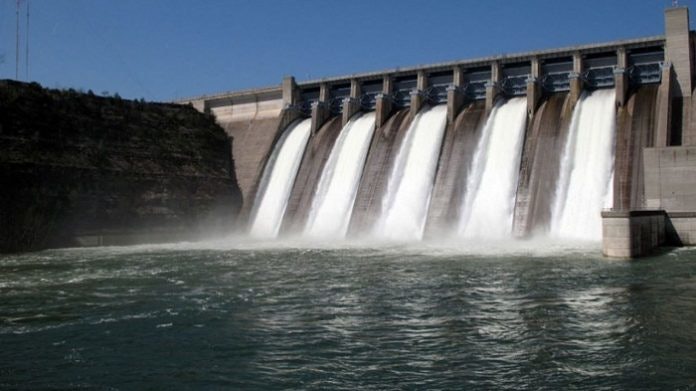
Hydropower, also known as hydroelectric power, is a remarkable source of renewable energy that harnesses the force of moving water to generate electricity. As the world strives to transition away from fossil fuels and mitigate the impacts of climate change, hydropower emerges as a key player in the clean energy landscape. In this article, we’ll delve into the intricacies of hydropower, exploring its benefits, working principles, environmental impact, and its role in shaping a sustainable future.
- Challenges and Concerns
- Environmental Impact and Habitat Disruption
- Resettlement and Socioeconomic Effects
- Climate Change Resilience
- Innovation in Hydropower Technology
- Run-of-the-River Systems
- Pumped Storage Hydropower
- Hydrokinetic Energy Conversion
- Hydropower on the Global Stage
- Leading Hydropower Producing Countries
- International Collaborations and Projects
- Balancing Energy and Ecosystems
- Environmental Considerations
- Fish Migration and Bypass Systems
- Sediment Management
- Mitigating Water Temperature Changes
- The Future of Hydropower
- Integration with Other Renewable Sources
- Small-Scale Hydropower Innovations
- Research and Development
- Conclusion
How Does Hydropower Work?
The Basics of Hydropower Generation
At its core, hydropower is based on the principle of converting the kinetic energy of flowing water into mechanical energy, which is then transformed into electrical energy. This process involves the use of turbines and generators, where the force of moving water causes the turbines to spin. The spinning motion is then translated into electricity by the generators.

